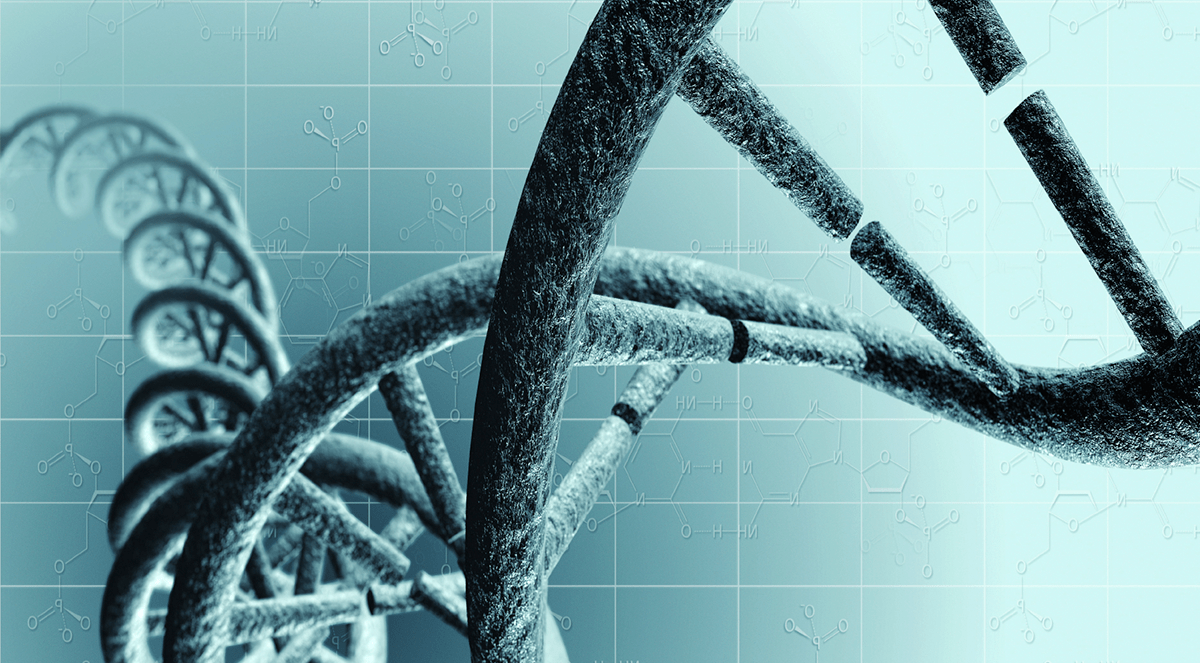“Our study is the most comprehensive evaluation of acute HIV/SIV infection to date.” The findings suggest that there may be a very narrow window of opportunity to contain or eliminate the virus. HIV prevention strategies should take these factors into account.
New research in monkeys exposed to SIV, the animal equivalent of HIV, reveals what happens in the very earliest stages of infection, before virus is even detectable in the blood, which is a critical but difficult period to study in humans. The findings, published online today in the journal Cell, have important implications for vaccine development and other strategies to prevent infection.
“The events during the first few days after exposure to the virus and prior to the initial detection of virus in the blood are critical in determining the course of infection, but this period is essentially impossible to study in humans,” said lead author Dan Barouch, MD, PhD, Director of the Center for Virology and Vaccine Research at Beth Israel Deaconess Medical Center (BIDMC) and Professor of Medicine at Harvard Medical School. “Our study is the most comprehensive evaluation of acute HIV/SIV infection to date.”
The study was initiated as part of the National Institutes of Health-funded Consortium for AIDS Vaccine Research and involved multiple collaborating laboratories, including those headed by Rafick-Pierre Sekaly, PhD, of Case Western Reserve University and Jeffrey Lifson, MD, of the Frederick National Laboratory for Cancer Research.
When Barouch and his colleagues exposed 44 rhesus monkeys to SIV and conducted analyses of the animals on days 0, 1, 3, 7 and 10 following exposure, they found that SIV could disseminate rapidly through the body, with viral RNA (SIV’s genetic material) present in at least one tissue outside the reproductive tract in most monkeys analyzed 24 hours after exposure.
“In addition to rapid viral dissemination, the virus triggered a local inflammatory response that appears to suppress antiviral innate and adaptive immunity, thus potentially augmenting its own replication,” explained Barouch. “These data provide important insights into the earliest events of infection.”
The inflammatory response occurred in virus-infected tissues soon after exposure to SIV, and increasing amounts of viral RNA correlated with rising amounts of a host protein called NLRX1, which inhibits antiviral immune responses. In addition, the TGF-beta cell-signaling pathway, which suppresses adaptive immune responses, was triggered and correlated with lower levels of antiviral T immune cell responses, as well as higher levels of SIV replication. The researchers observed elevated expression of genes in the TGF-beta pathway in tissues that contained viral RNA as early as day 1 after exposure to the virus.
The findings suggest that there may be a very narrow window of opportunity to contain or eliminate the virus. HIV prevention strategies should take these factors into account. “We believe that these insights into early HIV/SIV infection will be critical for the development of interventions to block infection, such as vaccines, antibodies, microbicides and drugs,” Barouch said. “The next step in this line of research is to evaluate how various interventions may impact these early events.”
Beth Israel Deaconess Medical Center. “Researchers uncover earliest events following HIV infection, before virus is detectable: Findings could lead to new HIV prevention strategies.” ScienceDaily, 13 April 2016.


